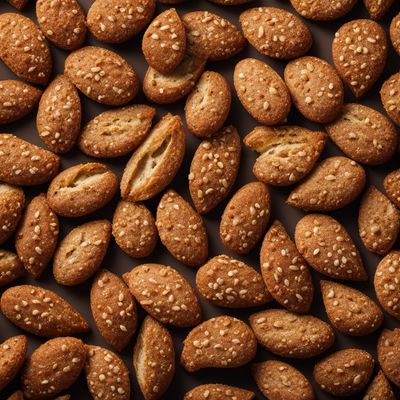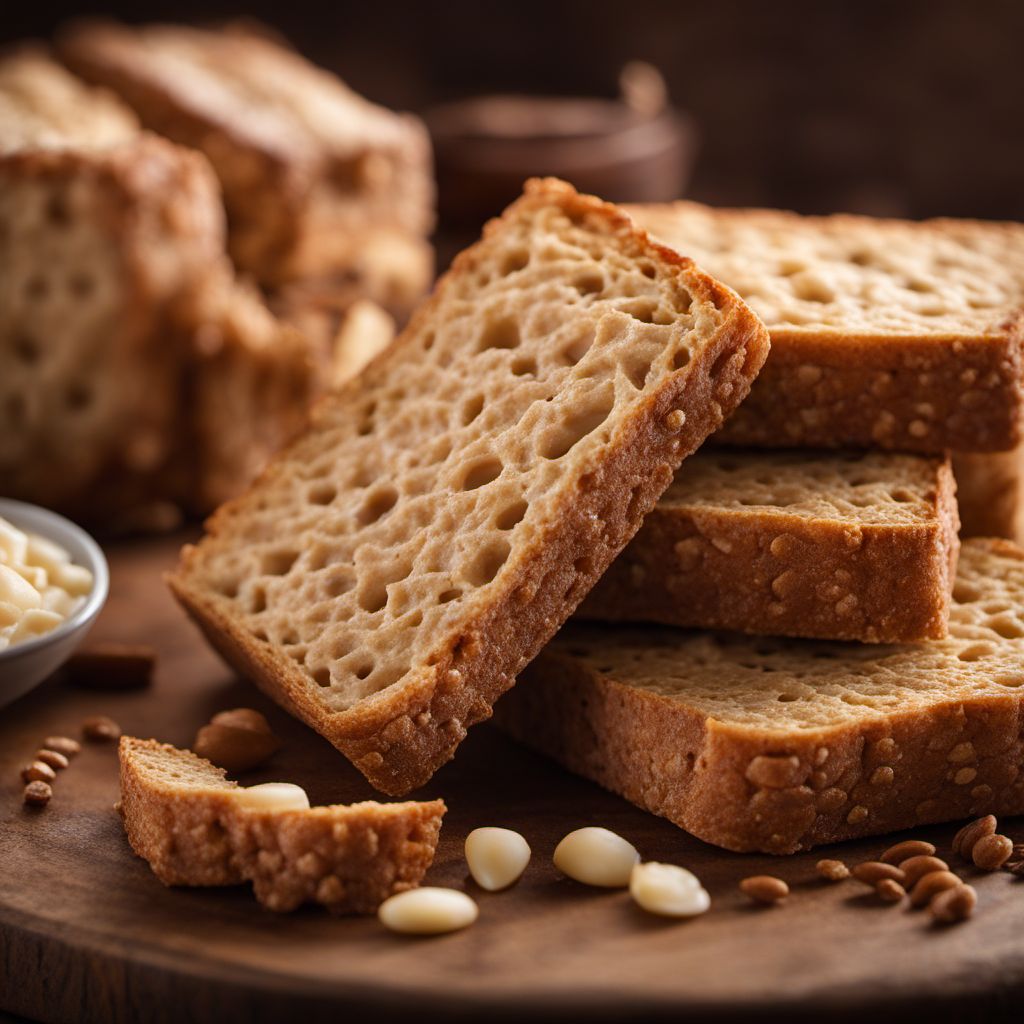
Ingredient
Crisp bread
"The Crunchy Delight: Exploring the World of Crisp Bread"
Crisp bread is a type of bread that is baked until it becomes dry and crispy. It is typically made from a simple mixture of flour, water, and salt, with variations that may include additional ingredients like seeds or grains. The bread is rolled out thinly and then baked at a high temperature, resulting in a crunchy texture. It is often square or rectangular in shape and has a light, airy interior. Crisp bread can vary in thickness, from thin and delicate to thicker and more substantial. Its appearance is characterized by a golden brown color and a rough, textured surface. The taste of crisp bread is mild and neutral, allowing it to complement a wide range of flavors and toppings. Its texture is dry and brittle, providing a satisfying crunch with each bite.
Origins and history
Crisp bread has a rich history that dates back centuries. It is believed to have originated in Scandinavia, where it was a staple food for sailors and travelers due to its long shelf life. The dry and durable nature of crisp bread made it an ideal food for long journeys, as it could be stored for months without spoiling. Over time, crisp bread spread to other parts of Europe and became a popular food in countries like Sweden, Norway, and Finland. Today, it is enjoyed worldwide and has become a versatile ingredient in various cuisines.
Nutritional information
Crisp bread is a nutritious ingredient, low in calories and fat. It is a good source of dietary fiber and provides essential minerals such as iron and magnesium.
Allergens
Crisp bread is typically made from wheat flour, which contains gluten. Therefore, it may not be suitable for individuals with gluten intolerance or celiac disease.
How to select
When selecting crisp bread, look for packages that are well-sealed and free from any signs of moisture or damage. The bread should feel dry and crisp to the touch. Check the expiration date to ensure freshness.
Storage recommendations
To maintain the freshness and crispness of crisp bread, store it in an airtight container in a cool, dry place. Avoid exposing it to moisture, as this can cause it to become soft and lose its crunch.
How to produce
Crisp bread can be produced at home by mixing flour, water, and salt to form a dough. The dough is then rolled out thinly and baked in a hot oven until it becomes dry and crispy.
Preparation tips
Crisp bread can be enjoyed as a standalone snack or used as a base for various toppings. It can be spread with butter, cheese, or other spreads, or topped with ingredients like smoked salmon, avocado, or sliced vegetables. It can also be broken into smaller pieces and used as a crunchy accompaniment to soups or salads. To enhance the flavor, crisp bread can be lightly toasted before serving.
Culinary uses
Crisp bread is commonly used as a base for open-faced sandwiches, known as smørrebrød in Scandinavian cuisine. It is also enjoyed with various toppings such as cheese, cured meats, or pickled herring. In addition, crisp bread can be crumbled and used as a crunchy topping for salads or added to soups for texture.
Availability
Crisp bread is commonly available in Scandinavian countries, as well as in many European and North American markets. It can also be found in specialty stores or online.
More ingredients from this category
Recipes using Crisp bread » Browse all

Bocadillo de Queso Manchego with Tomato and Olive Tapenade
Spanish Delight: A Gourmet Twist to the Classic Cheese Sandwich

Ionian Islands-style Eggs Benedict
Mediterranean Delight: Ionian Islands-inspired Eggs Benedict
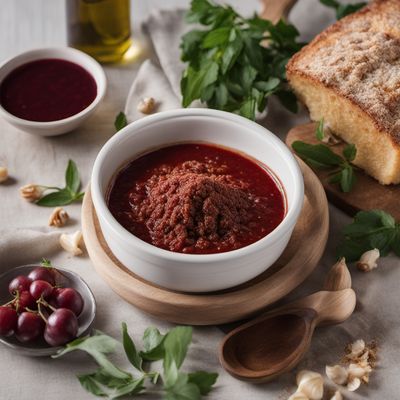
Agliata - Italian Garlic Sauce
Garlic Lover's Delight: Agliata - A Flavorful Italian Garlic Sauce
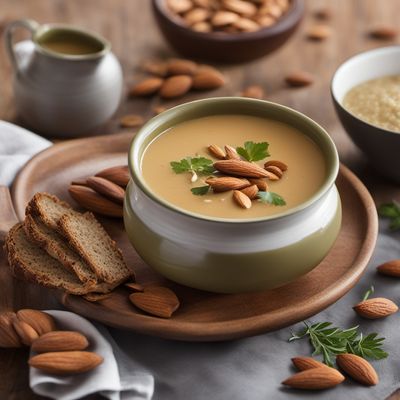
Spanish Almond Soup
Creamy Delight: Spanish Almond Soup

Authentic Spanish Salmorejo Recipe
Andalusian Delight: A Refreshing Twist on Spanish Salmorejo

Mediterranean Tomato Bruschetta
Sun-Kissed Tomato Bruschetta: A Taste of the Mediterranean

Carne Cruda all'Albese with a Twist
Savory Italian Beef Tartare with a Modern Twist

Hungarian Beef Soup with Vegetables
Hearty Hungarian Beef Delight

Slovenian-Style Sancocho: Hearty Stew with a Slovenian Twist
Slovenian-Style Sancocho: A Taste of Slovenia in a Canarian Classic

Uni and Avocado Tartine
Sea Urchin Delight: Uni and Avocado Tartine
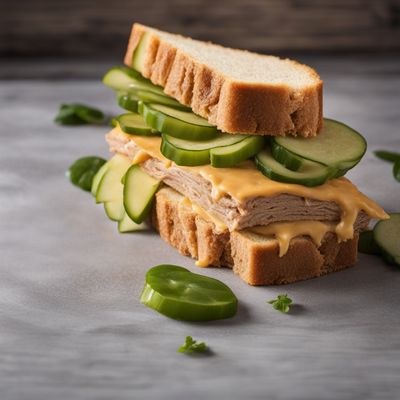
Midwestern American Style Pate Sandwich
Hearty Midwest Delight: Pate Sandwich with a Twist

Olla de San Antón - Spanish Winter Stew
Hearty Spanish Delight: Olla de San Antón
